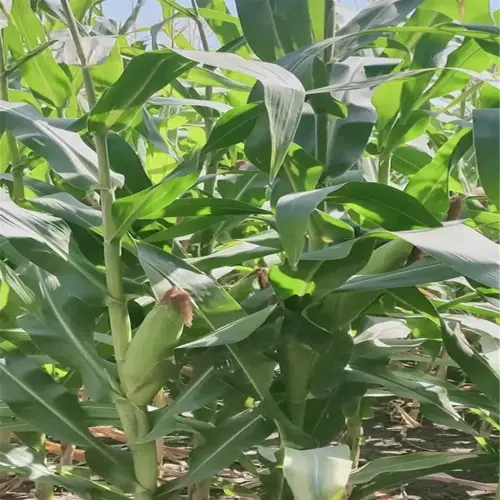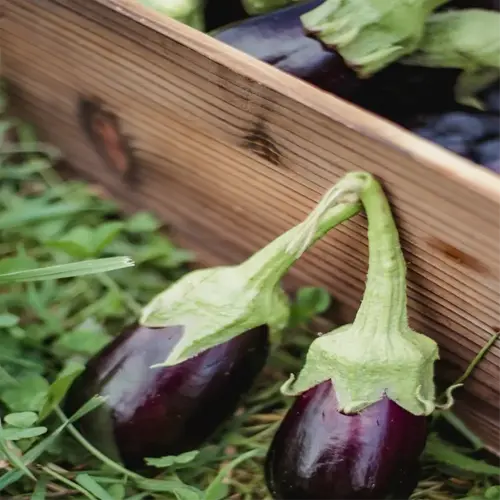Do all fig varieties require wasps for pollination?

Written by
Tina Carter
Reviewed by
Prof. Martin Thorne, Ph.D.Numerous gardeners fear fig trees need wasps for fruit, but the majority of homegrown varieties such as Brown Turkey and Chicago Hardy will indeed self-pollinate! My initial fig tree thrived in Zone 6 without specialized insect pollinators, and it turns out that keeping it in consistent sunlight and proper pruning was more important than insects.
Self-Pollinating Figs
- Common types: Brown Turkey, Celeste, Violette de Bordeaux
- No external pollinators needed
- Fruit forms through parthenocarpy (seedless development)
Wasp-Dependent Figs
- Smyrna varieties require fig wasps (Mediterranean climates only)
- Commercial growers use caprifigs for pollination
- Rarely relevant for non-commercial gardeners
To guarantee a successful fruit set, make sure to choose self-fertile varieties that are well-suited for growing in your region. In my garden in Michigan, Chicago Hardy figs are exceptionally reliable and productive, despite the harshest winters. Do not over-fertilize! Too much nitrogen can cause plants to produce lush foliage rather than fruit. Water your trees, deeply, but not too frequently. Mimic the Mediterranean rainfall amounts and patterns as accurately as possible.
Debunk fig wasp myths. If you are not growing Smyrna types near caprifigs you will never see these insects. Focus on your pest management program. Netting deters birds, and diatomaceous earth deters ants. My trees stay healthy with annual applications of neem oil and compost mulches.
When a fig's neck starts to soften and the fruit begins to droop, it is time to harvest it. It is important to refrigerate the figs right away because they will spoil faster than apples. To enjoy them year-round, I dry them into slices at 135°F for about 10 hours. I store the dried figs in mason jars with silica packs, keeping all the flavor for 18 months.
Read the full article: How to Grow Figs: Expert Tips for Thriving Trees

